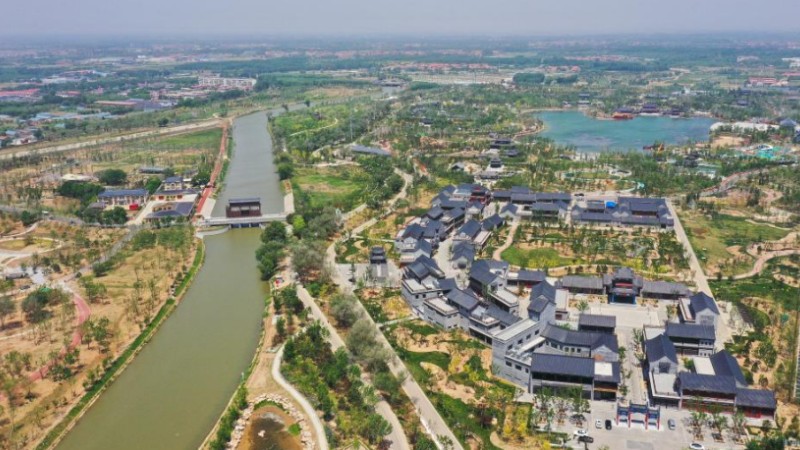China moves to improve basic elderly care as population ages
BEIJING, May 26 (Xinhua) -- China has taken measures to improve basic elderly care services to provide a cushion for the most vulnerable, part of the country's efforts to cope with population aging.
Basic elderly care refers to essential and inclusive services that meet the people's basic elderly care needs.
China released a set of guidelines Sunday to facilitate the building of the basic elderly care system, making clear that the focus through 2025 is on tackling difficulties that could hardly be overcome by families or individuals on their own involving older people incapable of performing self-care, those with disabilities, and those having no one to take care of them.
By 2025, China is expected to have a relatively sound institutional system in place, bringing its entire elderly population under coverage, according to the document.
WHY IT MATTERS
China has an increasingly aging population.
Data shows that there were 280 million people aged 60 and above in China at the end of 2022, accounting for 19.8 percent of the entire population. The figure is expected to exceed 300 million by 2025, and 400 million by around 2035.
Recognizing that the situation will last for a significant period of time, China has been adapting to the new demographic normal and taking a proactive approach to the daunting challenge.
HIGHLIGHTS OF NEW GUIDELINES
The guideline document includes a list that breaks down basic elderly care into 16 service items and classifies them into categories of material assistance, nursing services and caregiving services.
Provincial governments are asked to formulate their own basic elderly care plans and lists on the basis. Region-specific lists should at least cover the items on the national list, said the document.
It is a novel policy measure by China to divide elderly care into basic and non-basic services, list and standardize the basic ones, and provide them to the elderly group as a public good, said experts.
The guideline document also calls for an active elderly care response to those in need and emphasizes precision services.
This involves a standardized assessment of the elderly population, data sharing across the board, and a mechanism that can pinpoint those with difficulties and conduct dynamic management of them.
Capacity building is another highlight of the guideline document. New urban districts and residential areas are asked to equip themselves with elderly care facilities, while existing ones should add such facilities through renovation programs, according to the document.
FINANCIAL SUSTAINABILITY
Fairness should be ensured in improving basic elderly care services, as regions vary significantly from one another in terms of development and the level of population aging.
While it is imperative to carry out all the service items on the national list, local governments are encouraged to come up with their basic elderly care service items and standards based on their economic situations and local elderly care needs, striking a balance between services and financial capabilities, according to the Ministry of Civil Affairs.
Authorities are asked to implement favorable support policies, encourage private funds to invest in basic elderly care services, and combine government service procurement with direct government services, said the guideline document.
Photos
Related Stories
- China pursues high-quality population development to support modernization
- At least 14 provincial-level regions in China record increasing population in 2022 despite nationwide declining trend: data
- Low birth rates problematic for ageing EU population: Spanish expert
- China's population fell by 850,000 in 2022 but 'labor resources still abundant'
- National political advisor to propose opening egg-freezing to preserve single women's fertility
Copyright © 2023 People's Daily Online. All Rights Reserved.









